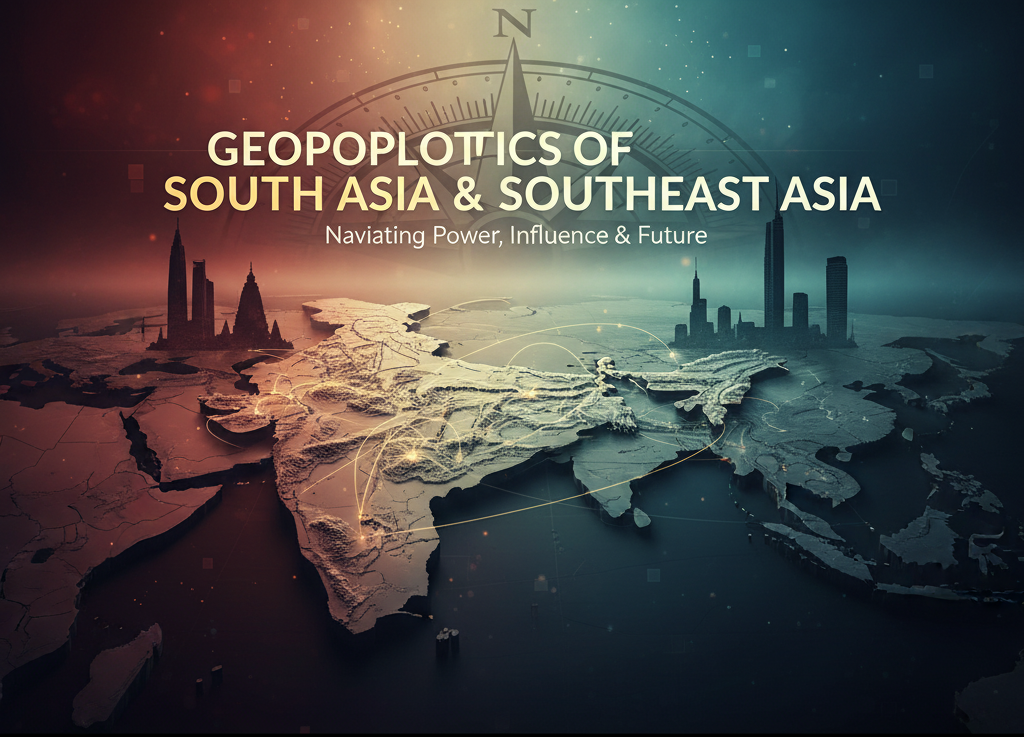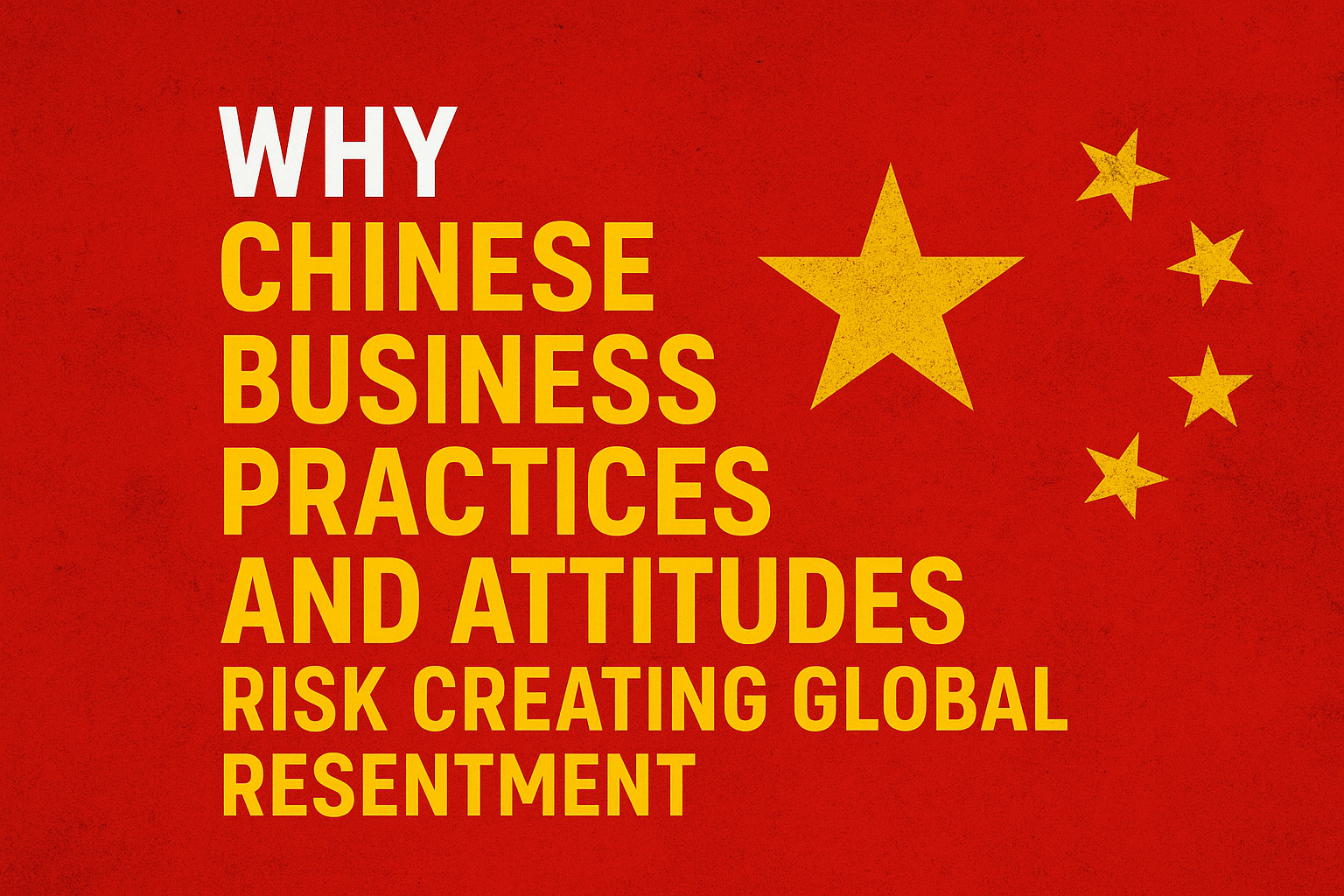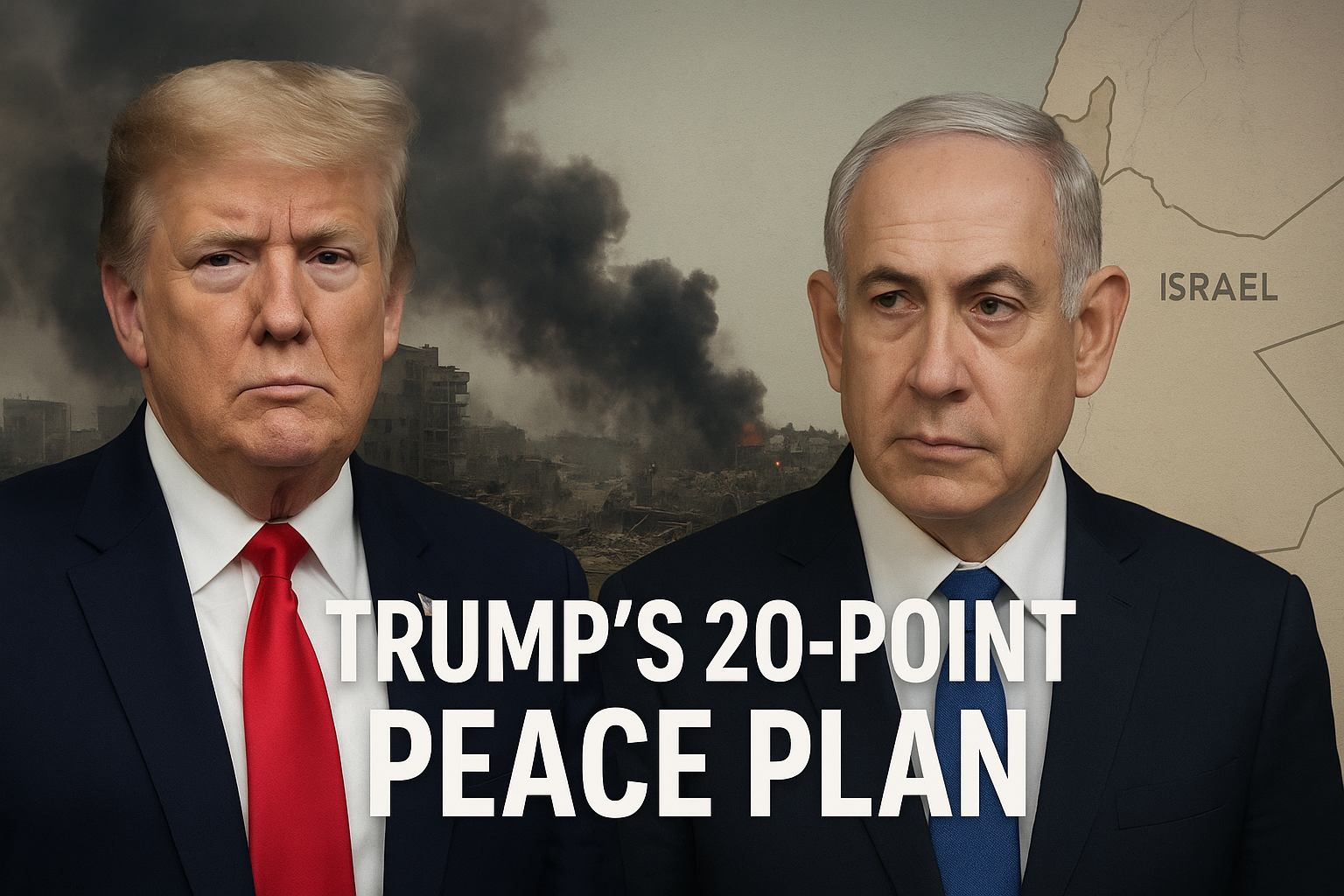Friction at the Pakistan–Afghanistan frontier has never been purely local. The porous Durand Line has long been a seam where domestic insurgency, cross-border sanctuary, and great-power politics intersect. Yet in October 2025 the violence escalated in ways that make the whole sub-continent—and parts of the broader Middle East—look different. What began as a series of tit-for-tat incidents along border posts spilled into heavy artillery exchanges and claims of large tactical gains and losses. Islamabad says it seized multiple Afghan posts in a major retaliatory operation and inflicted heavy casualties on hostile militants it blamed for cross-border strikes; Afghan authorities and the Taliban have offered different numbers, and outside reporting has documented significant battlefield losses and forced closures of border crossings. Those competing narratives—and the way they are amplified and weaponized—have converted a localized security problem into a fast-expanding geopolitical crisis.
Beyond the immediate human toll, there are three reasons this confrontation matters for the wider region. First, Pakistan is no ordinary state in South Asia: it is nuclear-armed, strategically located, and institutionally led by a military that thinks in long time-frames and deterrent postures. Second, the new regional alignments—Saudi–Pakistan defense cooperation, deepening China–Pakistan ties, a surprisingly pragmatic U.S. outreach to Islamabad, and evolving Turkish/Azerbaijani parliamentary diplomacy—are rearranging risk and incentive structures in ways that could make escalation more, not less, likely. Third, information warfare—fast, vivid, and often false—has become a real battlefront. Social feeds and partisan outlets are not only shaping domestic politics in India and Pakistan, they are also actively trying to shape battlefield perceptions and international narratives. Together these dynamics create systemic risk: miscalculation, entrapment, and a proliferation of unintended consequences.
Reading the Battlefield: What really happened at the border
The fog of war always creates divergent accounts; this case is no different. Pakistan’s military publicly reported seizing a number of Afghan border posts and claimed it killed hundreds of militants—including cadres of the Tehrik-e-Taliban Pakistan (TTP) and other anti-state actors in cross-border operations. Afghan sources and some international outlets confirmed heavy fighting, significant casualties on both sides, and closures of border crossings that disrupted trade and movement. Independent reporting captured the most important fact: violence reached a scale and intensity not seen since the Taliban returned to Kabul in 2021, forcing a regional recalibration.
Analytically, two layers matter in assessing these battlefield claims. The first is tactical: control of outposts on rugged frontier ridgelines has limited long-term strategic value unless exploited as staging grounds for sustained operations or used to deny sanctuary. Capturing an outpost can be a symbolic and operational success—if followed by consolidation and lines of supply. The second is informational: announcing dramatic battlefield victories serves political purposes at home and signals intent to foreign capitals. When Islamabad proclaims large enemy casualties and captured posts it is, among other things, communicating competence, deterrence, and the capacity to project punitive strikes across a border many had assumed to be sacrosanct.
Yet uncertainty remains: battlefield claims are contested; the Taliban’s own casualty figures differ; and the human cost—displaced civilians, disrupted markets, and cross-border refugees—will likely outlast any tactical headline. More important, such operations risk spiral effects: retaliation by proxies, misreading by external patrons, and pressure on third states to take sides.
The information war: how social media and partisan outlets are inflaming the front
The October confrontation did not unfold solely on ridgelines and checkposts; it unfolded in timelines. Across the subcontinent, prosecutable intelligence is competing with viral video, doctored images, and emotive posts that trade in outrage. Indian social media activists and aligned media outlets—some partisan and some professional—rapidly circulated footage and claims suggesting Pakistan had suffered catastrophic losses, trying to shape an international perception that Pakistan was being degraded. For its part, Pakistani official channels and sympathetic outlets amplified Pakistan’s battlefield claims. The net effect is not balanced reportage but strategic narrative warfare: each side seeks to claim moral or operational superiority. Independent observers have documented waves of misinformation tied to cross-border crises in 2025 that worked to confuse, inflame, and mobilize domestic audiences.
This is not new: modern warfare has always involved perception management. What is new is velocity and the structural incentives of social platforms. Viral falsehoods move faster than corrections. Political actors weaponize that lag. In some cases these narrative gambits serve domestic goals—bolstering nationalistic narratives and distracting publics from inconvenient losses. In other cases they are deliberate foreign-policy instruments designed to weaken an adversary’s global standing and international sympathy. Either way, the dangers are material: false narratives can precipitate real countermeasures, including cross-border raids launched on the basis of amplified but unreliable intelligence.
New alignments: why Pakistan looks different to big powers
Pakistan’s recent diplomacy and security partnerships make the current moment more combustible. The Saudi–Pakistan Strategic Mutual Defence Agreement (SMDA) signed in September 2025 reshaped regional defense politics: for Riyadh it bought strategic depth in South Asia and for Islamabad it represented political cover and promise of economic cushioning. For external observers the pact matters because it effectively places a wealthy Gulf patron’s weight behind Pakistan’s security calculus. That changes how Islamabad interprets risks of escalation and how adversaries calculate patience.
At roughly the same time, Pakistan has been rebalancing other partnerships. Beijing remains Pakistan’s marquee strategic partner—CPEC and decades of economic and defense cooperation anchor the relationship. Simultaneously the U.S., after a period of estrangement over Afghanistan and strategic doubts, has shown signs of pragmatic re-engagement with Islamabad that prioritize crisis channels and stability—an acknowledgement that Washington needs credible interlocutors in a volatile South Asia. Pakistan’s diplomacy, therefore, is now characterized by multi-vector hedging: deep China ties; a new security umbrella with Saudi Arabia; revived, transactional engagement with the U.S.; and outreach to other regional partners like Turkey and Azerbaijan. Each of these links adds to Pakistan’s options, but together they complicate crisis management and raise the price of miscalculation.
This is the heart of what you described as a balancing act. Pakistan’s external relationships provide insulation and choice—but they also broaden the set of stakeholders who may be drawn into a crisis. That makes local missteps more dangerous. A punitive cross-border raid that once would have concerned only Kabul now ripples to Riyadh, Beijing, Washington, Ankara and beyond.
India’s role in the information battlefield (and its strategic motives) The Misinformation Trap
Why did many Indian commentators and social activists so readily circulate hostile or alarmist material about Pakistan’s losses? There are multiple reasons, some tactical and some reputational.
Tactically, producing narratives of Pakistani weakness serves to reassure domestic audiences after May 2025’s escalatory episodes in which Islamabad’s sharp responses reportedly inflicted tactical setbacks on India’s military posture. Narratives of enemy attrition help domestic political actors manage the optics of confrontation. Reputationally, Indian outlets have an interest in shaping international frames that cast New Delhi as the steady, legitimate actor and its rival as chaotic or incompetent. In short, misinformation can be both defensive and offensive: it comforts audiences and attempts to define the story globally.
This is not to absolve any actor; misinformation is a hazard everywhere. The pattern is familiar: state-aligned media and partisan actors exploit fast news cycles, repurposing blurry battlefield footage or recycled clips to support national narratives. The result is a poisoned information environment where truth is a casualty and political demands outrun verifiable facts. That environment is particularly dangerous when the stakes include nuclearized states and densely packed border populations.
India’s online ecosystem — with its millions of hyperactive accounts, bot networks, and paid influencers — has become a weaponized propaganda machine. During the recent Pakistan–Afghanistan escalation, hundreds of accounts shared AI-edited videos, old war footage, and even gaming clips labeled as “real battles.” Many of these posts trended globally, fueled by coordinated amplification from verified handles and nationalist influencers.
What makes this campaign dangerous is its hybrid nature:
- State-aligned trolls coordinate messaging that mirrors government narratives.
- Private news outlets amplify these posts for ratings.
- Diaspora influencers repackage them for Western audiences, lending a veneer of authenticity.
The cumulative effect is a fog of manufactured consent — where global viewers subconsciously absorb the idea that Pakistan is the aggressor or losing side, even when no evidence supports it.
Such disinformation not only distorts reality but also raises real-world risks, especially in nuclear-armed regions. False reports of airstrikes, troop losses, or cross-border retaliation can spark public panic, diplomatic missteps, or even inadvertent escalation.
The human brain responds more strongly to fear and conflict than to neutrality or reason. Indian strategists understand this psychological principle deeply. Thus, negative news about Pakistan — real or fabricated — spreads faster than clarifications or official denials.
When thousands of accounts post the same visual — a burning outpost, a crying child, a destroyed vehicle — the emotional impact overrides analytical thinking. Viewers don’t stop to ask: Is this verified? Is this from the current conflict? They simply react. And once that emotional reaction embeds, correction becomes nearly impossible.
This dynamic allows propaganda to thrive even in the age of fact-checking. The truth moves slowly; lies are viral. And India’s digital apparatus exploits that imbalance masterfully.
This isn’t new. India’s information warfare against Pakistan dates back decades — from Cold War propaganda to the Kargil narratives of the 1990s. What’s different today is the scale and technology. Modern tools like AI-generated imagery, deepfakes, and coordinated hashtags make it easier than ever to flood timelines with pseudo-realities.
During past crises — such as Balakot (2019) or the Kashmir communications blackout — Indian outlets consistently exaggerated victories and suppressed civilian costs. The same strategy is now applied to cross-border conflicts involving Pakistan and Afghanistan, creating an illusion of control while hiding vulnerabilities.
t a deeper level, India’s disinformation strategy is tied to fear of Pakistan’s resurgence on the global stage. In recent months, Pakistan’s diplomatic and defense profile has expanded significantly:
- Strengthened ties with China through CPEC 2.0 and regional defense collaboration.
- Renewed strategic partnerships with Saudi Arabia and Turkey, culminating in defense and parliamentary summits.
- Warmer relations with the U.S., evidenced by the Prime Minister’s public praise of Trump and discussions of regional cooperation.
To India, this looks like a nightmare alignment — Pakistan bridging East and West, Islamic and Western worlds, economics and security. Unable to counter these moves diplomatically, New Delhi turns to its most potent asymmetric tool: narrative manipulation. By questioning Pakistan’s stability and projecting images of chaos, India hopes to discourage foreign investors, isolate Pakistan politically, and undermine its credibility as a reliable partner.
Afghanistan’s choices: Taliban leadership, opportunism, and regional politics
Kabul’s posture matters for more than immediate boundary disputes. The Taliban government, which controls Afghanistan, faces competing pressures: international isolation, internal governance challenges, and a desire to assert sovereignty against repeated cross-border operations. Yet Afghanistan’s calculus is also shaped by its external relationships and by political symbolism: resisting Pakistani cross-border operations can be read domestically as a defense of national independence and an assertion that Kabul will not be subordinated to Islamabad. The Taliban’s divergent casualty claims are part of this domestic political dance.
At the same time, Afghanistan’s relations with India complicate matters further. If segments of the Afghan leadership accept Indian overtures—diplomatic visits, political recognition, or economic cooperation—Pakistan reads that as a strategic encirclement. Historically Islamabad has been hypersensitive to Indian influence in Afghanistan; any deepening of Indo-Afghan ties prompts a security reflex in Pakistan. Recent public receptions and contacts in New Delhi show how Afghanistan’s diplomacy can be used, intentionally or not, to inflame Pakistani perceptions of threat.
The broader regional chessboard: what Riyadh, Beijing, Washington and Ankara want
Each external player has its own incentive set:
Saudi Arabia seeks strategic depth and regional legitimacy. Riyadh’s defense pact with Pakistan is both a hedging move and a signal: Saudi leaders want partners who can project influence into South Asia and protect Gulf energy lines. It is a geopolitical bet—that aligning with a nuclear Pakistan can secure Riyadh’s wider interests.
China prizes stability and deep economic ties. Beijing’s primary interest is preventing disruption to projects, protecting its long-term investment, and ensuring access to routes and resources. China will quietly urge de-escalation while continuing arms and economic cooperation with Islamabad. Beijing’s posture is pragmatic: it wants order that secures supply chains but is unlikely to be publicly drawn into a crisis.
The United States, for its part, has toggled between restraint and re-engagement. Washington’s revived contacts with Pakistan are driven by crisis-management logic: the U.S. prefers channels in Islamabad to manage the risk of unintended escalation and to protect wider interests in the region (counterterrorism, supply lines, and influence in the Gulf). U.S. posture is transactional; it wants to avoid a larger conflagration and maintain leverage in multiple theaters.
Turkey and Azerbaijan are also calculating new roles. Parliamentary diplomacy and symbolic language like “one nation, three states” among Ankara, Baku and Islamabad reinforces a trans-regional alignment of Muslim-majority states that seek to assert greater autonomy against Western pressure and to broaden their strategic horizons. That alignment complicates bilateral crisis resolution because it creates a constituency of countries that may back Islamabad in various international forums.
Nuclear logic and escalation management: why restraint is imperative
The most dangerous strategic variable is nuclear deterrence. Pakistan is a nuclear state with delivery systems and an institutional doctrine that treats escalation carefully but not indefinitely. Nuclear weapons are designed to deter, not to be used; but in high-stakes crises they also constrain normal crisis bargaining. Two intertwined dangers exist: misperception (where an adversary misreads a limited operation as preparing for broader war) and entrapment (where allies’ commitments narrow a player’s diplomatic options, increasing the chance of escalation).
The Saudi–Pakistan pact, by attaching Gulf strategic stakes to Islamabad’s security, complicates the nuclear calculus. Any future major confrontation that threatens Pakistan’s existential interests will prompt global anxiety because of the added political weight of Gulf involvement. This is precisely why international crisis channels—quiet diplomacy, back-channel communications, and multilateral restraint—are necessary. The more actors with skin in the game, the fewer the low-cost options for de-escalation.
Scenarios ahead: plausible pathways over the next 3–12 months
Several trajectories are possible. First, a de-escalation outcome: intense diplomacy (back-channel U.S. engagement, Chinese mediation, or regional Saudis/Turks/Azeris calming the tide) could produce a localized ceasefire, prisoner exchanges, and reopened crossings. This is the lowest-cost outcome for most parties; it requires face-saving language, limited material concessions, and clear monitoring arrangements.
Second, a frozen low-intensity conflict: border posts change hands, periodic exchanges continue, and both sides justify a sustained security posture. This would keep the frontier insecure, disrupt commerce, and create continual humanitarian costs that sustain international pressure.
Third, an escalation spiral: misinterpreted actions, an ally’s miscalculated response, or a dramatic terrorist strike attributed to the other side could trigger wider mobilization. Given the Saudi–Pakistan defense linkage and Pakistan’s multivector ties, an escalation could quickly involve Gulf political and resource pressures and risk sparking proxy dynamics.
Fourth, a regional realignment where Pakistan leverages its new partnerships to gain greater strategic independence, prompting India and its partners to respond with deeper security partnerships of their own. This outcome would intensify great-power competition on South Asian soil.
Each scenario has probabilities shaped by the next 72 hours of diplomacy, the durability of battlefield claims, and domestic political pressures in Islamabad, Kabul, New Delhi and Riyadh.
What role can outside diplomacy play now?
Crisis containment is technical but political. Neutral third-party monitoring (multilateral observers, ICRC facilitation for civilians, UN humanitarian task forces) can blunt immediate humanitarian harm. Behind the scenes, discreet, high-level back-channels between Washington, Beijing and Riyadh can persuade Islamabad and Kabul to accept temporary face-saving measures. Importantly, external actors must avoid public grandstanding and media performances that stoke domestic audiences into maximalist positions.
Another urgent need is information hygiene: independent fact-finding teams and rapid, trusted verification mechanisms are essential to blunt misinformation. Civil-service institutions, respected think tanks, and neutral media coalitions can help verify claims and reduce the chance that viral falsehoods trigger disproportionate responses.
Finally, economic cushions—emergency liquidity lines, guarantees for border trade and relief packages for displaced civilians—can reduce the domestic incentives to escalate. When leaders face immediate political pressure to show strength, material support that addresses security and livelihoods reduces the political salience of military adventurism.
The moral-political dimension: who pays the price?
Beyond geopolitics and strategy lies a human reality: civilians on both sides of the Durand Line suffer first and most. Markets freeze, medical supply lines are severed, and border communities—already marginalized—become collateral damage. Refugees and IDPs will require long engagements from humanitarian organizations while political actors negotiate the shape of any post-conflict settlement.
There is also a democratic responsibility for media and civil society. Amplifying unverified claims is not a neutral act; it shapes decisions and can endanger lives. There is an ethical need—especially among loud online communities and partisan outlets—to privilege verification and to resist the siren call of instant virality.
Policy takeaway: avoiding strategic catastrophe
Practical steps that reduce the likelihood of catastrophic escalation are straightforward in theory though politically difficult in practice. First, create and fund credible verification teams that operate with speed and transparency. Second, low-profile but continuous diplomatic engagement between nuclear custodians—the United States, China, Saudi Arabia and Russia—must prioritize lines of communication that can be used in crisis. Third, regional mechanisms for deconfliction and border management (joint patrols, incident hotlines, third-party monitors) should be institutionalized—preferably with neutral multilateral backing. Fourth, media literacy and rapid fact-check mechanisms must be scaled during crises to blunt misinformation.
These measures require political will—which in turn depends on leadership recognizing that tactical advantage in the short term is not worth strategic catastrophe.
Conclusion: complexity demands restraint
The October 2025 Pakistan–Afghanistan border crisis is a compact case study in modern geopolitics: old frontier disputes, insurgent sanctuaries, nuclear deterrence, new security umbrellas, and the velocity of narrative warfare all combine to create systemic vulnerability. Pakistan today sits at the center of a dense web of relationships—Saudi aid and security guarantees, Chinese economic heft, renewed American pragmatism, and new ties with Turkey and Azerbaijan—that simultaneously give it options and bind it into a more complex risk environment.
What happens next depends less on who “won” the outposts than on whether actors recognize the shared interest in restraint. Diplomacy must be urgent, quiet, and credible; media must reorient toward verification; and regional powers must recognize that in an age of multiple stakeholders, cross-border fights no longer stay local. The costs of failing to manage this moment—humanitarian suffering, economic disruption, and the risk of wider escalation—are too high for any party to treat as a secondary concern.









